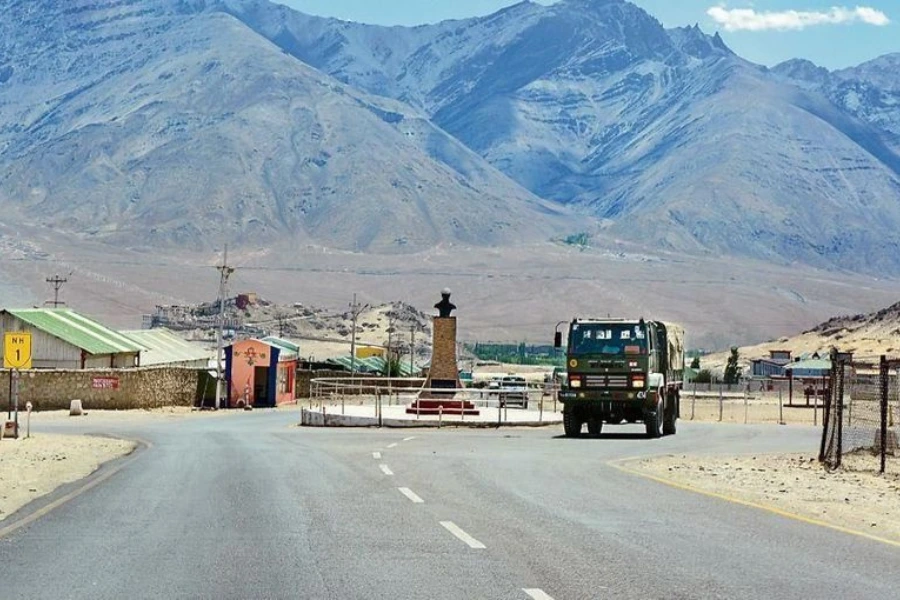
China renames Arunachal Pradesh: India Rejects China’s Rename of Any Places in Arunachal. India’s Ministry of External Affairs (MEA) has made a strong and unequivocal statement. It is in response to China’s recent attempt to rename several sites in Arunachal Pradesh, by reiterating that the northeastern state is an indispensible and irretrievable part of India.
China has just provided another list of place names for Arunachal Pradesh, which Beijing officially calls, “Zangnan” (the southern area of Tibet). MEA has called the effort meaningless and formalistic, stating these efforts have no credibility.
“On Wednesday, MEA spokesman Randhir Jaiswal stated that China continues its pointless and ridiculous attempts to rename places in India’s Arunachal Pradesh.” Innovative naming will not change the reality. Arunachal Pradesh was, is, and always will be an indispensable and inalienable part of India.
Background of the Present Discord
The Arunachal Pradesh territory has long been a contested territory between India and China. While China claims the area is a historical part of Tibet, India has administered the region since 1947. It was when British India gained independence.
Cyclical border skirmishes, and China’s frequent publication of renaming lists that India continually rejects. It has heightened the issue.
In 2024, China published a list of 30 new names for sites in Arunachal Pradesh. It was an action India deemed as a political provocation instead of a mapping change. This renaming is part of Beijing’s broader campaign of consolidating territorial claims against world practice.
Water Issues: The Issue of Hydroelectric Dams
An added geopolitical tension is China’s construction of the world’s largest hydroelectric dam on the Yarlung Tsangpo River, in Medog County, Tibet. The river flows into India as the Siang River. It continues to circulate around Assam as the Brahmaputra River.
Indian officials and especially officials in Arunachal Pradesh have raised serious concerns about downstream effects. Tapir Gao, BJP MP, and leader of the BJP in the State, called the “super water bomb” project a “water bomb” that could “cause great devastation”.
China’s announced decision to build a dam, capable of generating 60,000 MW of power is quite concerning. Mr. Gao warned, “This is not just a dam, but a water bomb which is meant for India and other nations that are downstream.
He cited the devastating floods of June 2000 when disruption of river systems in China was suggested. It destroyed more than ten bridges in Arunachal Pradesh. Gao stated that these kinds of discharges that have not been coordinated can affect not only India but also Bangladesh. It van also affect other Southeast Asian countries.
India’s Call for Preventive Action
Soon after the flood events, Mr. Gao called on the central government to build a counter-dam in Arunachal Pradesh. If constructed, this kind of structure could serve as a buffer to manage disaster risks. It will assist with flood control during times of a crisis, caused from discharge of water upstream.
India’s strategy, reflected in the most recent news updates, is not only to maintain territorial integrity and protect the border but to also strengthen infrastructure. It is also focusing on increased disaster preparedness and support countries along a vulnerable border.
Summary
The argument about Arunachal Pradesh is still demonstrating the larger geopolitical implications between India and China. Beijing tries to fortify its territorial claims through symbolic name changes and temporary construction efforts. India continues to demonstrate its commitment to its position, underpinning its claims, articulating its legal, administrative, and historical legitimacy.
As tensions change, India’s diplomatic precision and regional growth will be essential in addressing these issues—making sure that symbolic actions don’t eclipse actual conditions.






l6w1qt
rhm2e5